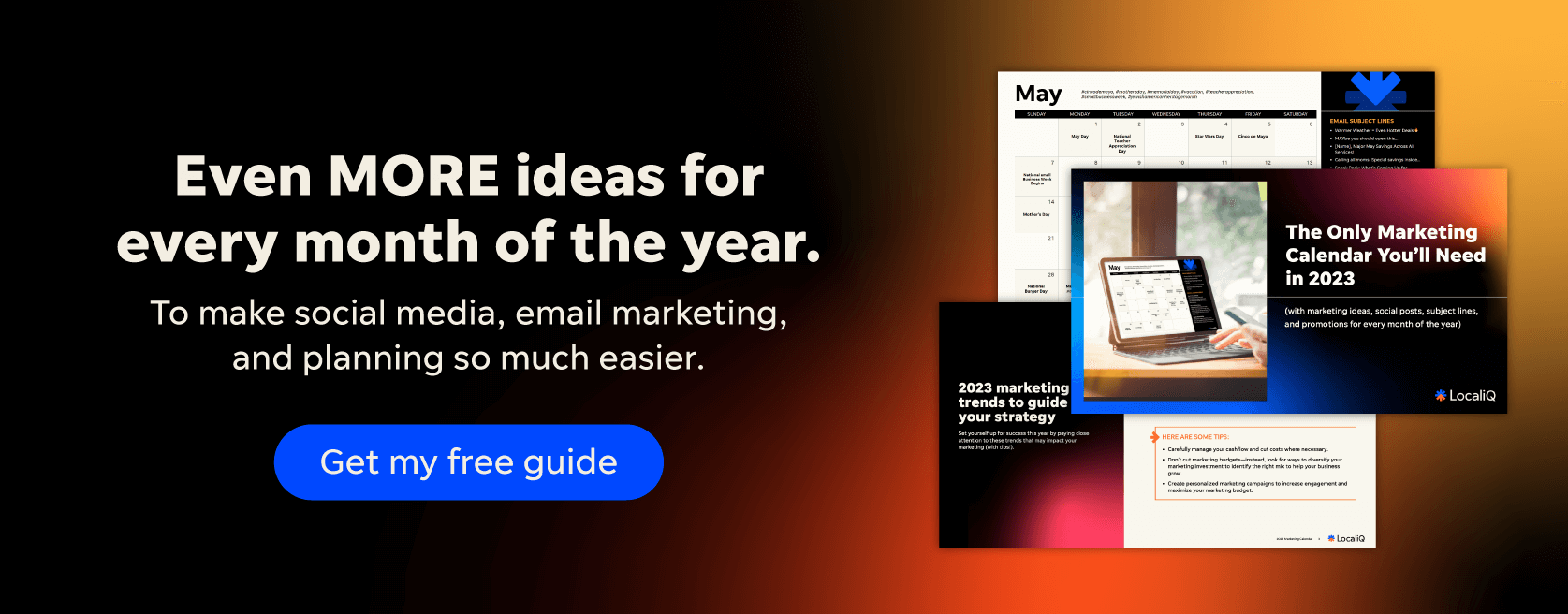The past decade has brought the issue of social equality into the limelight and highlighted its importance for diversity and inclusion. It’s become a focal point for progression in the 21st century and is no longer outside the realm of business – in fact, diversity and inclusion have become key players.
But what does inclusivity actually mean? It means embracing all people regardless of race, gender, sexuality, or disability and is a concept that should be part of your brand strategy. There has never been a better time to embrace it in your marketing, and consumers are seeking companies that are active in the fight against inequality.
Gone are the days of passivity; it’s no longer enough to just voice your acceptance of diversity and inclusivity. To really resonate with your consumers, you have to show you’re taking an active position rather than holding a merely commercial interest in the matter.

This is why an inclusive marketing strategy is the best way forward. Customers want to be seen and represented in your company, so make it a focal point of your brand.
To help you, we’ve compiled ideas you can incorporate into your business to create an inclusive marketing strategy. Here’s how.
Analyze Your Current Marketing Strategy
Before you begin tweaking your strategy, take a look at your current marketing plan. It might be a little awkward, especially if you find you’re not as inclusive as you thought, but it’s a step forward. If it’s slipped through the cracks, then don’t feel bad – it’s more than likely other factors dominated your operations and pushed it to the background a little.
Ask yourself how inclusive you think you are and get your team members involved too. Getting a second opinion could open your eyes and bring about a much-needed reality check, and it will help your employees to feel valued.
Once you’ve benchmarked your place on the inclusivity scale you can start to move forward and make changes accordingly. It could be that you need a content marketing refresh or it could simply be that a few elements need updating.
Diversify Your Team
Take a look at the members that comprise your team; are they diverse? Do they accurately represent the diversity of your audience and reflect strong inclusivity values? If not, you might want to think about who you hire on your next recruitment round.

The demographics of your team might seem separate from your marketing strategy, but if you’re to be inclusive, then it has to become a focal point. This means expanding your recruiting pool to a diverse range of people, covering everything from sexuality and gender to race and disability. If your team isn’t diverse, how can you expect to challenge the status quo and champion inclusivity?
Since a diverse team provides a wealth of different experiences and perspectives, it will greatly help you on your journey to creating inclusive marketing strategies.
You might think that a campaign covers your demographic but the voice of a diverse team could help signal that more needs to be done, helping you to execute decisions thoughtfully.
Make it a priority to improve your diversity recruiting strategy, sourcing talent from as many demographics as possible. The fact that most operations are remote shouldn’t hold you back; in fact, it should make the process easier.
With remote work, you can easily recruit a diverse team from around the globe; you’ll just have to make sure your systems can do so.
And remember, fair compensation is key! Live up to the inclusivity and equality of your brand by showing that you pay each of your employees fairly. Fostering a happy and healthy workplace will do wonders for spreading the word about your genuine commitment to inclusivity as a company.
Make Inclusive Marketing an Everlasting Part of Your Brand
If you’ve found that you did little in the way of inclusive marketing before, be cautious of overdoing it now. While baby steps are needed, your strategy must be authentic. As touched on earlier, customers can detect inauthenticity from a brand, especially if their current strategy isn’t aligned with earlier efforts.
We all remember the controversy over Kendall Jenner’s Pepsi ad and the hundreds of brands that jumped on Black Lives Matter in the form of promotions and campaigns – all when they had never done it before.

Though most probably had good intentions, customers felt they lacked sincerity with their sudden campaigning and inclusive marketing, so be careful not to inundate your consumers.
Even if you have to start from scratch, the key is to make it an ongoing process. Don’t just jump on the latest movement with commercial promotions; make it a part of your brand strategy.
Inclusive marketing isn’t a one-time thing; it’s a continually evolving process that needs to adapt with your audience over time. By making it an everlasting part of your band you’ll be expanding your reach and visibility far into the future, earning you the loyalty and trust of your consumers.
Research Your Audience
Dig deep into your data to find out who your target audience is – it might even open your eyes to demographics you hadn’t considered before. Research everything from your customer’s sexuality, gender, race, and disability status using data analytics and surveys.

Once you have a clear picture of the diversity of your audience, you can start tweaking your marketing strategy to better address their needs. It all begins with really understanding your customer and their pain points, so your research shouldn’t only be data-driven.
Get involved in your customer’s lifestyles; visit events, ask team members for a second opinion, and connect with them over social media.
Though inclusivity is important, this doesn’t mean you should waste marketing efforts on a completely isolated customer base. If you specialize in high-end real estate you’re unlikely to target a younger demographic, and if you sell children’s clothing, you’re not going to want to target teenagers.
Use Images that Reflect Your Diverse Audience
When sourcing images to use for your inclusive marketing strategy, remember to focus on diversity. Customers want to be seen and reflected in your brand, and the easiest way of doing this is by using images that represent a wide range of demographics.
Aim for photos that include a variety of genders, races, and ages, but don’t forget the less obvious demographics like sexuality and disability. Be sure to use these inclusive photos as part of your social media marketing too; this will help you engage directly with your audience.
Research shows that consumers are more likely to identify with and like a product or service if they see you acknowledge them in your campaigns and marketing.

As well as focusing on fresh content and your new marketing strategies, consider scouring old posts and making inclusive updates to photos. This way you’ll be helping in your efforts to eternalize inclusive marketing into your brand strategy.
Build Inclusivity into Your Written Content
As one of the most ranked forms of content by Google, written blog posts and campaigns can garner a lot of attention from your audience. Make this work to your advantage by building inclusivity into your written content and showing customers you value and respect diversity.
This might be in the form of a few minor tweaks, or you might have to seriously rethink your editing process – the key is questioning the status quo on issues of equality and avoiding assumptions.
Consider training all new writers and editors in the art of writing inclusively. This means being considerate of pronouns (using the universal you instead of he/she), addressing race, gender, and disability respectfully, and steering clear of negative stereotypes.
You could even make it part of your customer service online, using automation in a way that reflects your brand’s inclusive strategy. This could be as simple as programming bots to use language and phrases that are sensitive and inclusive.
You’ll have to approach phrasing in an especially thoughtful way, and this is where feedback from a diverse team could greatly help. Before written content is put out, consider circulating it among a wide range of people on the team to help spot any insensitive references or assumptions.
Rework Content to Cater to all Demographics
It’s important to apply your inclusive strategy across all marketing mediums, from written content to audio and video. Catering to all demographics doesn’t have to be difficult – you can simply rework past content into different forms to ensure all customers feel valued.
This is especially important to those who are disabled since they are often forgotten in content creation. Consider using assistive technology across your platforms, and combine it with audio-only content such as podcasts to target groups such as the sight-impaired.
Going a step further like this will speak volumes about your brand’s inclusivity and ethos as well as showing your customers you value them.
Make an Inclusive Marketing Strategy a Priority for Your Business
Creating an inclusive marketing strategy is an ever-evolving process that needs to be eternalized into your brand if it’s to be effective. Remember the importance of speaking to your full audience in your marketing and being mindful to be inclusive in all your strategies and tactics.
Related:
- The Complete Website Accessibility Checklist for Small Businesses
- 16 Ways to Make Your Social Media Accessible & Inclusive
About the Author
Victorio Duran III is the Associate SEO Director at RingCentral, a global leader in cloud-based communications and collaboration solutions. He has over 13 years of extensive involvement in web and digital operations with diverse experience as a web engineer, product manager, and digital marketing strategist.
Related Articles
-

40 A+ Back-to-School Marketing Ideas & Promotions for Any Business
-

35 Back-to-School Slogans for Your Marketing That Bring A+ Results
-

17 Best Giveaway Ideas for Small Businesses to Win More Customers
-

27 Splashy (& Doable!) Grand Opening Ideas for Retail Stores
-

9 Bold Brand Awareness Campaign Examples (+Tips for Yours)



